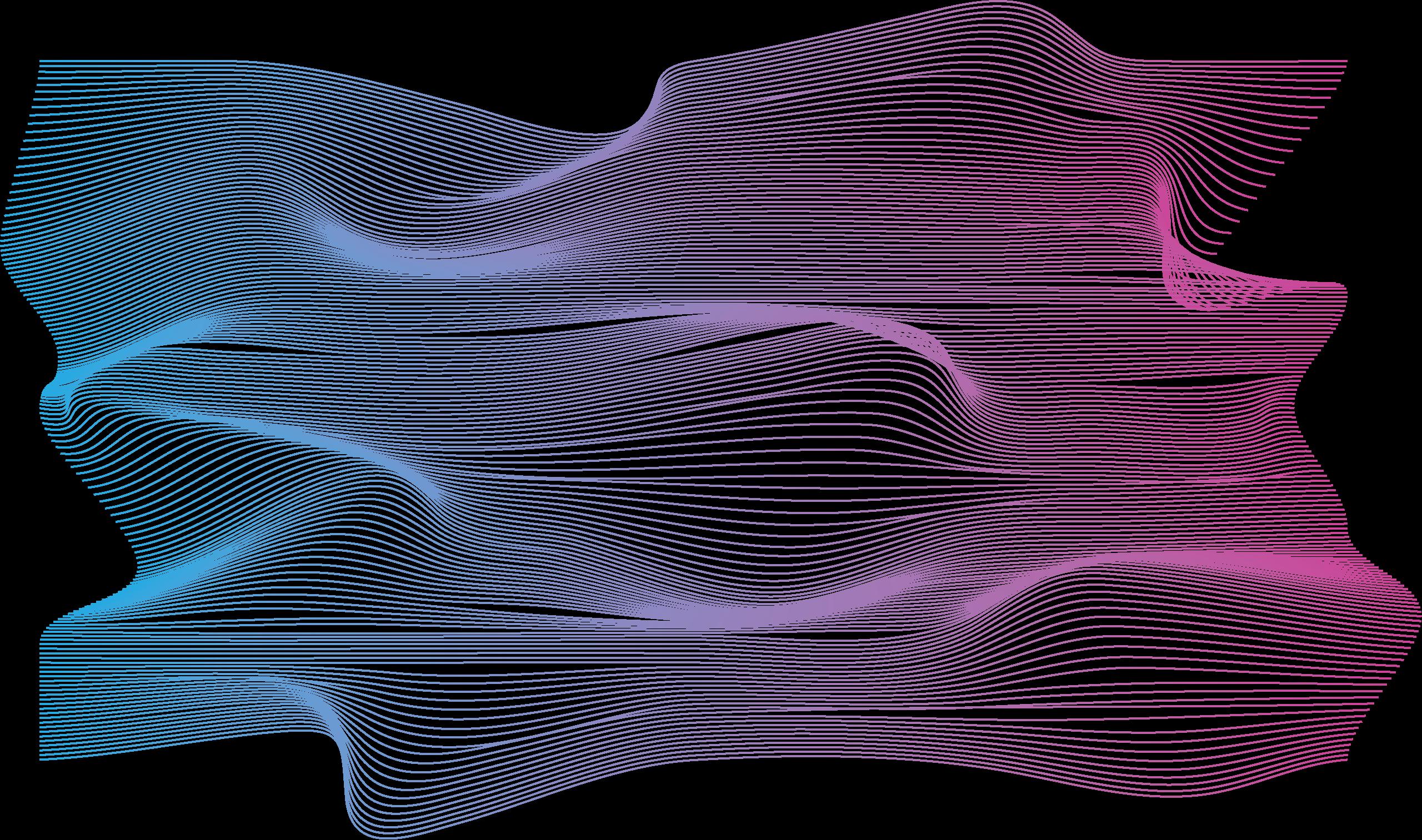UNCOVERING THE NEW MYSTERIES OF OUR UNIVERSE:
THE ORIGINS OF THE JAMES WEBB SPACE TELESCOPE BY SHREYA RAMESH
W
INTRODUCTION
ithin billions of galaxies in our uni verse, there are trillions of star sys tems, each with its own planets, moons, asteroids, and comets. Our planet exists in its own pocket of outer space, and it is easy to forget that ours is within uj st one solar system in the vast universe. We have barely begun to uncover and answer the mysteries of the cosmos and our very existence, and there are plenty of answers we do not yet have. e uH bble Telescope is one of the most well-known telescopes in modern histo ry, thanks to its pivotal role in helping us begin to visualize and understand the uni verse we call home. oH wever, despite its vital contribution to the advancement of astronomy, its dated technology has begun hindering us from answering the increas ingly complex questions we have about our universe. To address this issue, NASA recently launched the James Webb p S ace Telescope (JWST), named aer NAs’ SA second administrator, who is credited with
4
the success of the pA ollo missions. is telescope is the culmination of decades of cutting-edge research and technological advancements meant to provide us with unique, never-before-seen insights into the mysteries of the universe. ORIGINS nI the 1940s, almost a century be fore the James Webb p S ace Telescope was launched, uH bble was conceived as a thought experiment. 1 sA tronomers dreamed of having a telescope, positioned outside of the Earth’s atmosphere, that would be powerful enough to observe the universe. oF llowing years of planning, the project’s design and creation began in 197. nI 190, the telescope was then launched into orbit on the p S ace h S uttle Discovery mission. 1 vE erything was running smooth ly until scientists discovered an aberra tion in one of uH bble’s main mirrors a few months aer deployment, resulting in distorted images. e rst servicing mis sion to clean the lenses took place in 193,
Berkeley Scientific Journal | SPRING 2022
and aer this service, uH bble took what is arguably one of its most impactful images, the uH bble Deep Field, in 195. e uH b ble Deep Field focused on a single section of space and took 342 separate exposures over the course of 10 days. 1 nI the end, the combined images helped us visualize pre cisely how many galaxies and stars exist in a tiny patch of our sky. Now, the James Webb Telescope will oer us the chance to build on this knowledge and push our un derstanding even further.
“Now, the James Webb Telescope is here to dive deeper and continue answering hard-hitting questions about our universe.”
FEATURES


















